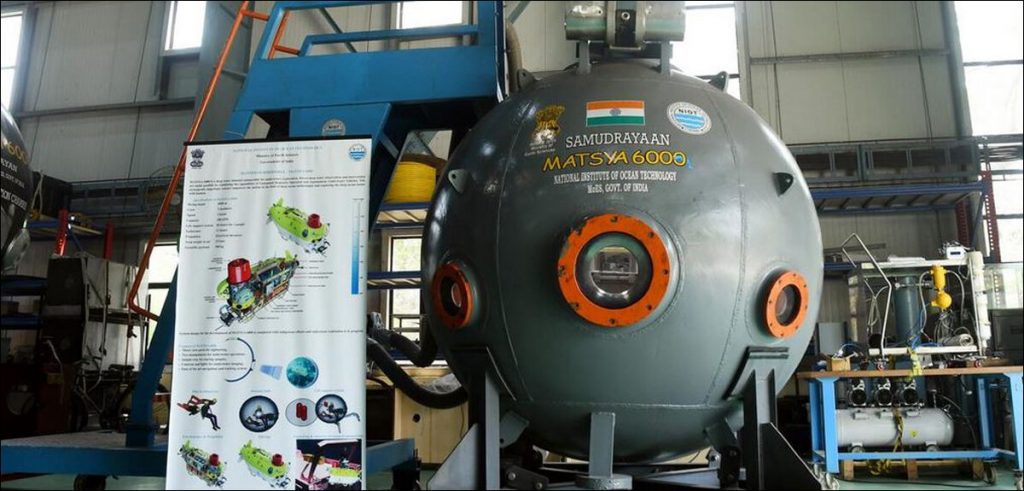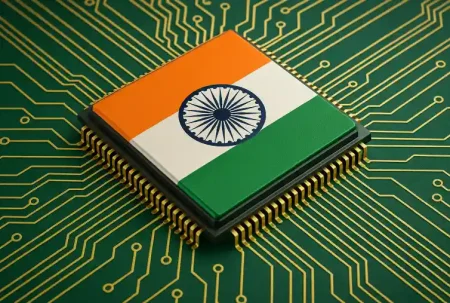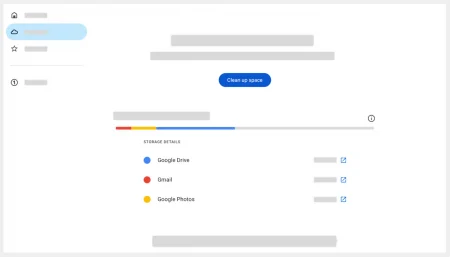Adarsh updates on everything you need to know about Samudrayaan, India’s First Manned Ocean Mission and the Matsya 6000.
Isn’t it amazing that we know more about outer space than what lies beneath the ocean? We have explored the soaring skies, the moon and even other planets but we are still to uncover all the mysteries of the waterbodies on our very planet!
And India is very desperate to change that fact. After the very successful Chandrayaan missions, Bharat is leading another race as plans for Samudrayaan, India’s first Manned Ocean Mission were unveiled recently at the National Institute of Ocean Technology in Chennai.
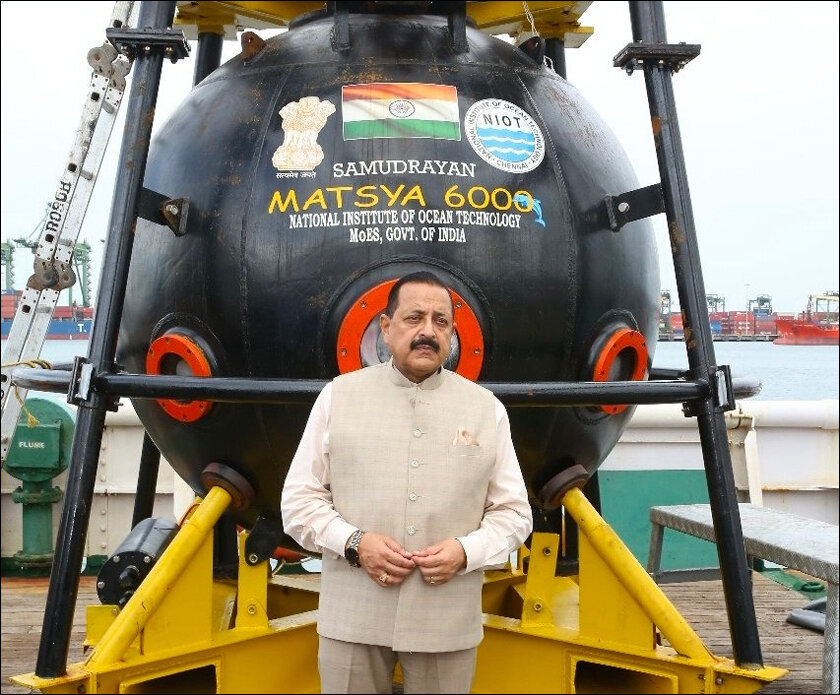
What is Samudrayaan
The plans for Samudrayaan were unveiled by Dr Jitendra Singh, Minister of State (Independent Charge) for the Ministry of Science and Technology, at the NIOT recently and it will make India part of an elite list of countries that can conduct manned subsea missions. Currently, USA, Russia, China, France and Japan are the other members of the club.
At the core of the Samudrayaan mission is the Matsya 6000 submersible which is currently under construction at NIOT.
What is Matsya 6000
The submersible can hold 3 crew members and can go down to a depth of 6000 metres under water which is how it gets its name.
An announcement tweet by Cabinet Minister of Earth Sciences in Government of India, Kiran Rijiju:
It is being jointly developed by NIOT and the Ministry of Earth Sciences (MoES). The main reason for the submersible being built is to study deep sea resources and assess marine diversity.
Once built, Matsya 6000 will be used to locate underwater resources like gas hydrates, polymetallic manganese nodules, hydro thermal sulphides and cobalt crusts. These are located between 1000 and 5500 metres under sea level which is well within Matsya’s range.
The submersible will have an operational endurance of 12 hours but will have the capacity to carry out emergency operations up to 96 hours. It can also crawl on the seabed at a depth of 6000 metres for 72 hours.
Matsya 6000 will operate via a battery-powered propulsion system that will allow it to crawl on the seabed with 6 degrees of freedom for 4 hours.
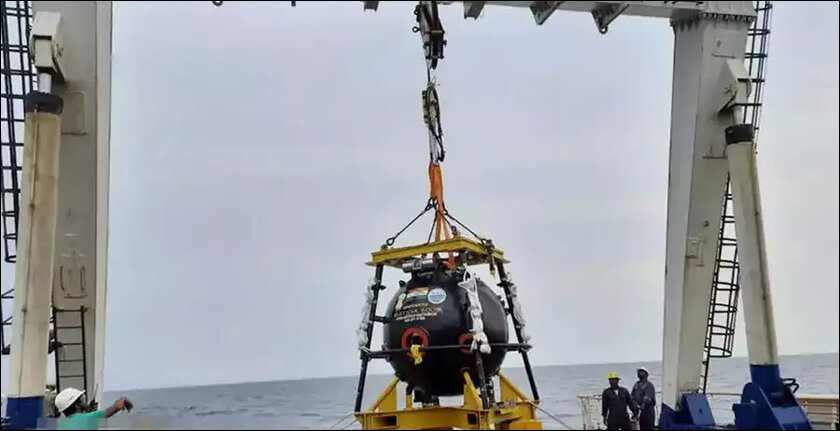
More about Matsya 6000
The design for Matsya 6000 is a joint collaboration between ISRO, IITM and DRDO. The estimated cost of the total mission is around ₹4077 crores while the budget allocation for the same has been ₹1400 crores as of right now.
The submersible will also feature a 2.1 metre diameter titanium alloy personnel sphere that will be capable of withstanding 6000 metres of pressure. It will also have 3 built-in instruments to conduct studies of the deep ocean: ACS, AUS and DMS.
Autonomous Coring System (ACS) will help the submersible for the exploration of marine hydrates in the deep sea while Autonomous Underwater Vehicle (AUS) will assist in general explorations. The Deepsea Mining System (DMS) will facilitate the extraction of hydrates from the sea floor.
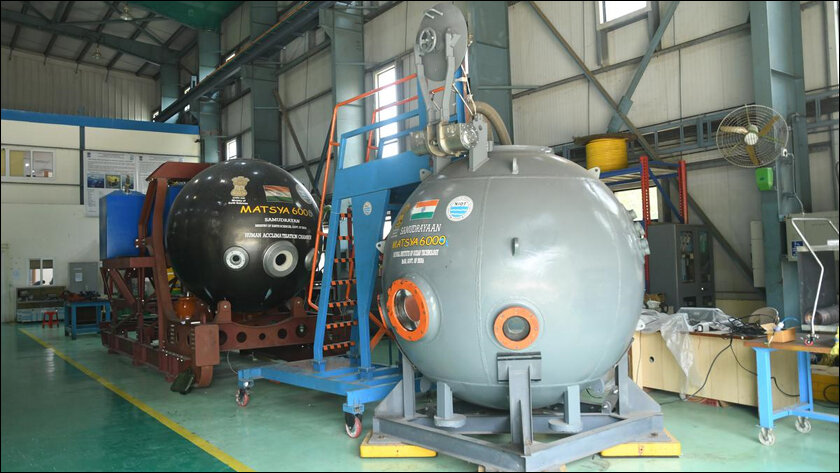
Preliminary designs for the submersible have been completed and sea trials in shallow water (500 metres) are set for the end of 2023. This will be followed by qualification trials in December 2024. And if that gets the green signal, Matsya 6000 will be ready for deployment.
The Last Word
A successful manned deep-sea exploratory mission will be another feather in India’s illustrious cap as Samudrayaan will join Chandrayaan as yet another successful exploration mission by India. What sets India apart is also the relative shoestring budget with which NIOT and MoES will be able to pull off this mission.
Are you also excited about the Samudrayaan mission? Let us know in the comments section.
In case you missed:
- India announces First Venus Mission set for 2028
- Param Rudra: Modi launches India’s Homegrown Supercomputing Powerhouse
- India’s AI Ambitions in the Spotlight amidst DeepSeek’s Disruption
- India rises to 2nd Place in Global Smartphone Sales, 3rd in Market Value
- Target, NVIDIA Best Tech Workplaces in India, Amazon, InMobi among Worst
- How AI is Revolutionizing Combat for Indian Defence Forces
- 15 Billion Transactions a Month! How UPI is transforming India’s Digital Economy
- Talk to ChatGPT with new AI Glasses
- iPhone 16: Price, Release Date, Specs & More
- Reddit launches AI-Powered ‘Answers’ Feature in India



